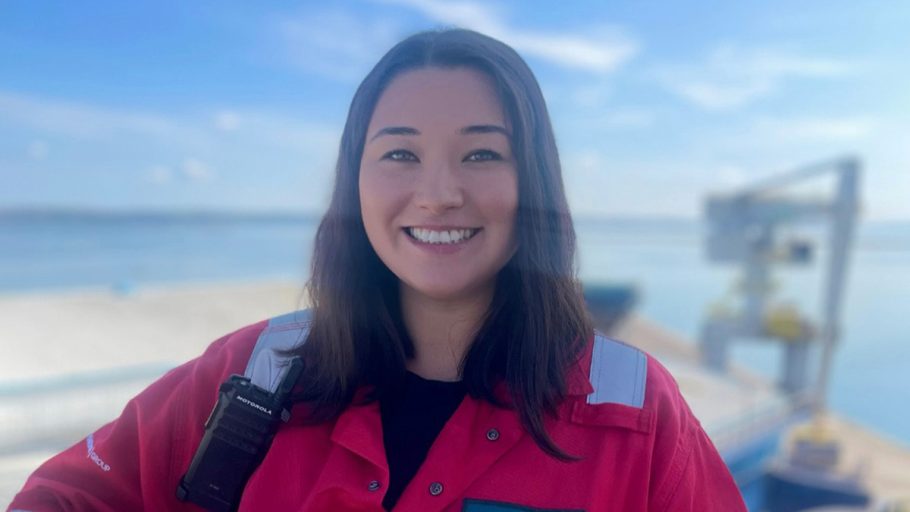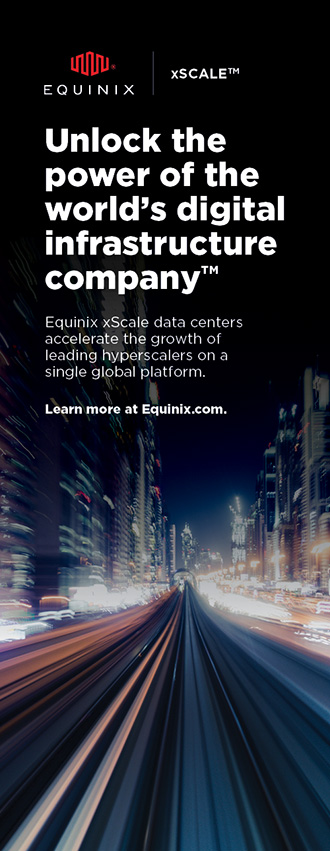One of the oldest and most well-known maritime superstitions was that bringing women aboard a vessel was bad luck. In fact, a hundred years ago, the only female presence on a ship would be the carved wooden figure head. Ship officers traditionally came from Greece, Italy, England, and Norway, which were home to decades of sea-going tradition and world-renowned maritime academies that did not allow women to join until the last quarter-century.
Fortunately, all that has changed now: Female officers are growing in numbers, and crew member diversity is improving, too. The first woman appointed captain of a cruise ship was Karin Stahre-Janson of Sweden in 2007, followed by America’s first cruise ship captain—and the first woman to be in command of a “Mega Ship”—Kate McCue, who took the helm of Celebrity Equinox (121,878 gross tonnage) in 2015. In April 2022, Captain Maryla Ingham took command of HMS Protector, the Royal Navy’s only Ice Patrol Ship, and made history as the first woman to hold the rank of captain and command a major ship unit in the Royal Navy. In our own industry, Elizabeth Tchoungui—Group Executive Director of Corporate Social Responsibility and Deputy Chair of the Orange Foundation—is the official sponsor of the C/S Sophie German, Orange Marine’s newest maintenance vessel, an ambassadorial role steeped in maritime tradition.
For those of you who are unfamiliar with the work of ships within the digital infrastructure industry, let us explain more. The submarine cable systems that carry almost all data being transferred internationally are installed by cable ships—hence the use of term “C/S” in their names. When building a new system, the route is first surveyed by a survey vessel, whether that be a larger ship from the likes of Fugro or EGS for deep water or a smaller boat for the inshore survey. During their operational life, circa 25 years, cables are repaired by maintenance vessels. Guard vessels, tugboats, and freighters also have a role to play in the process.

What differentiates these ships is not only their size and power, but also their design and their spread. Survey vessels need all the tools to perform geophysical and geotechnical surveys, and cable ships need tanks to hold the submarine cable in whilst onboard. They also have Linear Cable Engines (LCE) to control the payout speed of the cable as it is laid, ploughs for burial on the seabed, and Remote Operated Vehicles (ROVs) for burial and inspection. Repair vessels must be capable of keeping station in bad weather, such as 50-knot winds, nine-meter waves, or two-knot currents. They carry a range of grapnels and cable detection equipment, too. You may already be familiar with the names of some of the companies operating these big beasts, which include Global Marine, ASN, SubCom, Orange Marine, E-Marine, OMS, SBSS, IT International Telecom, and more.
ABOUT THE AUTHOR
Lynsey Thomas is a subsea specialist who has been involved in the international subsea business since 1995. She has a keen interest in corporate strategy development, network planning, project management, and solutions marketing. She is experienced as a customer, supplier, consultant director, and trustee. Thomas has held senior posiztions in Cable &Wireless, Apollo SCS, Xtera, and SubSea Networks Ltd. and is a board member for Cirion Technologies. She holds a master’s degree in engineering science from the University of Oxford.
Eckhard Bruckschen is a master mariner and MBA with more than 30 years of experience in the offshore submarine cable industry. This experience includes plough and trenching / ROV operations; remedial works; installations of fiber optic, power, umbilical, and flexible pipes; and burial and bridge operations. Across his career, Bruckschen has managed the construction of over 40,000 kilometers of submarine fiber optic cables and 2,500 kilometers of submarine power cables.



